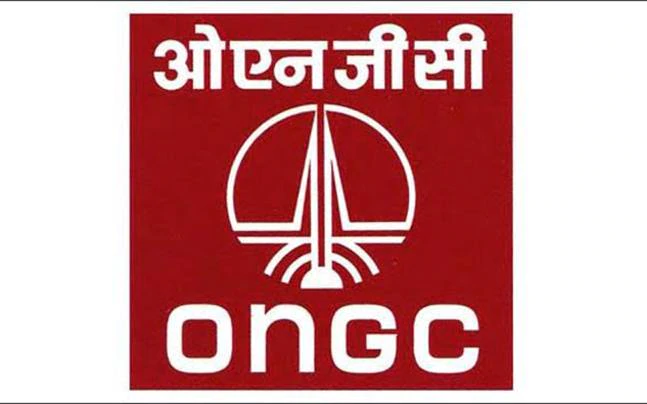
DNV GL: Mix of flexibility solutions needed to stabilize power grids and avoid outages
DNV GL’s white paper outlines the need for greater flexibility in power systems as the world looks for reliable, greener energy supply.
ARNHEM, The Netherlands – DNV GL, the world’s largest resource of independent energy experts and certification body, has released a new position paper on flexibility resources for power systems ‘Flexibility in the power system: The need, opportunity and value of flexibility’. The paper looks at the value, benefits and opportunities for the various flexibility options, as well as the costs and the barriers to their adoption.
The white paper evaluates all the feasible options for flexibility in power systems looking at their costs, benefits and areas of applicability. Furthermore, it explores the various barriers – both economic and regulatory – organizations need to consider when developing their flexibility service offering.
Power systems need to balance the amount of electricity generated against the electricity used by consumers and lost in the network. Any imbalance could cause instability and power outages.
Previously, changing demand could be handled by ramping up and down production at rapid-reaction generation plants. However, renewable energy sources such as wind and solar power bring variability to the production side.
In most applications, multiple flexibility resources will be required and choosing the best combination for a specific application is a complicated process. Hence, the paper concludes by outlining a possible approach for determining the business case for flexibility resources, which could help in analyzing and optimizing the value of flexibility portfolios.
In its recently published Energy Transition Outlook report (ETO), DNV GL forecasts that four key renewable sources (solar photovoltaic, onshore wind, hydropower and offshore wind) will account for 85% of global electricity production in 2050. The ETO also foresees larger and faster growth in electric vehicles and heating, which will change patterns of electricity usage and move peaks in demand further from peaks in generation. Hence power systems need to incorporate more flexibility to balance supply and demand over various timescales.
“Societal trends like the increased uptake of renewable energy and electric vehicles demand greater flexibility in our power systems, but they also open up new options for flexibility in the grid. And while energy storage – particularly through high-capacity batteries – have so far attracted most of the headlines, there are other possibilities such as demand-side management and network reinforcement” said the paper’s lead author Jos van der Burgt, Senior Researcher, Power and Renewables, DNV GL Group Technology and Research.
Lucy Craig, Director Technology & Innovation at DNV GL says: “It’s a rapidly changing area where regulation is only now being developed and new players are emerging. With this white paper, we want to help all stakeholders understand the value and opportunities around flexibility, and support them in creating optimized business models that will accelerate the global transition to a greener energy future.”
It can be very difficult for commercial and regulated organisations to determine the right mix of flexibility resources and services to meet their social, environmental and economic goals. So, the paper concludes with example case studies. In doing so, DNV GL present the need for and outline of a new approach to assessing and analysing business cases for flexibility resource. The approach presented considers both short- and long-term business, taking into account stackable revenues from various services. Hence, it can be used to help optimize the entire portfolio of flexibility services for an entire power system.
The white paper is available to download here.
About DNV GL
DNV GL is a global quality assurance and risk management company. Driven by our purpose of safeguarding life, property and the environment, we enable our customers to advance the safety and sustainability of their business. Operating in more than 100 countries, our professionals are dedicated to helping customers in the maritime, oil & gas, power and renewables and other industries to make the world safer, smarter and greener.
In the power and renewables industry
DNV GL delivers world-renowned testing and advisory services to the energy value chain including renewables and energy efficiency. Our expertise spans onshore and offshore wind power, solar, conventional generation, transmission and distribution, smart grids, and sustainable energy use, as well as energy markets and regulations. Our experts support customers around the globe in delivering a safe, reliable, efficient, and sustainable energy supply.















